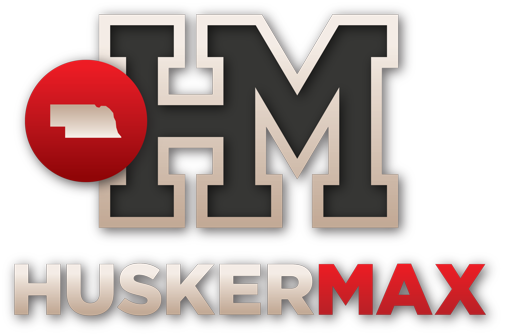Again, some of these issues I'm just not well schooled enough on to know for sure. Is there a difference between the NFL, a private organization requiring union membership to be drafted, and a public school requiring it to play football for them? I suspect so.This isn't reinventing the wheel. I understand labor laws differ from state to state, but professional leagues have managed to deal with those and come to a system that works across the entirety of the league. I can't tell you the specifics of how/why they are able to do what they do, but I do know that it works. It isn't an opt-in/opt-out thing, it controls the way in which the league operates.
I think you can have big time CFB and keep other college sports alive, albeit probably not to the level they currently are. I wouldn't be surprised if non-revenue sports revert back to more geographic conference layout or even to more of a club sports model. Fiscally, it doesn't make sense to operate sports like bowling or golf at a $600-800k loss every year. I'm not sure how the spending breaks down, but the only reason those sports are able to exist in their current form is because football subsidizes it. I'm not saying those sports shouldn't exist, but they might need to change the way in which they operate in the coming age of college athletics.
I agree with you on the rest of the sports going back to clubs, at least most of them. I think we'll be left with 3 or 4 varsity sports and the rest club. Many schools will completely cut football because they can't afford it. The University of Chicago foresaw this coming long ago and that's why they opted out of the B1G. I think plenty will follow suit this time around.


